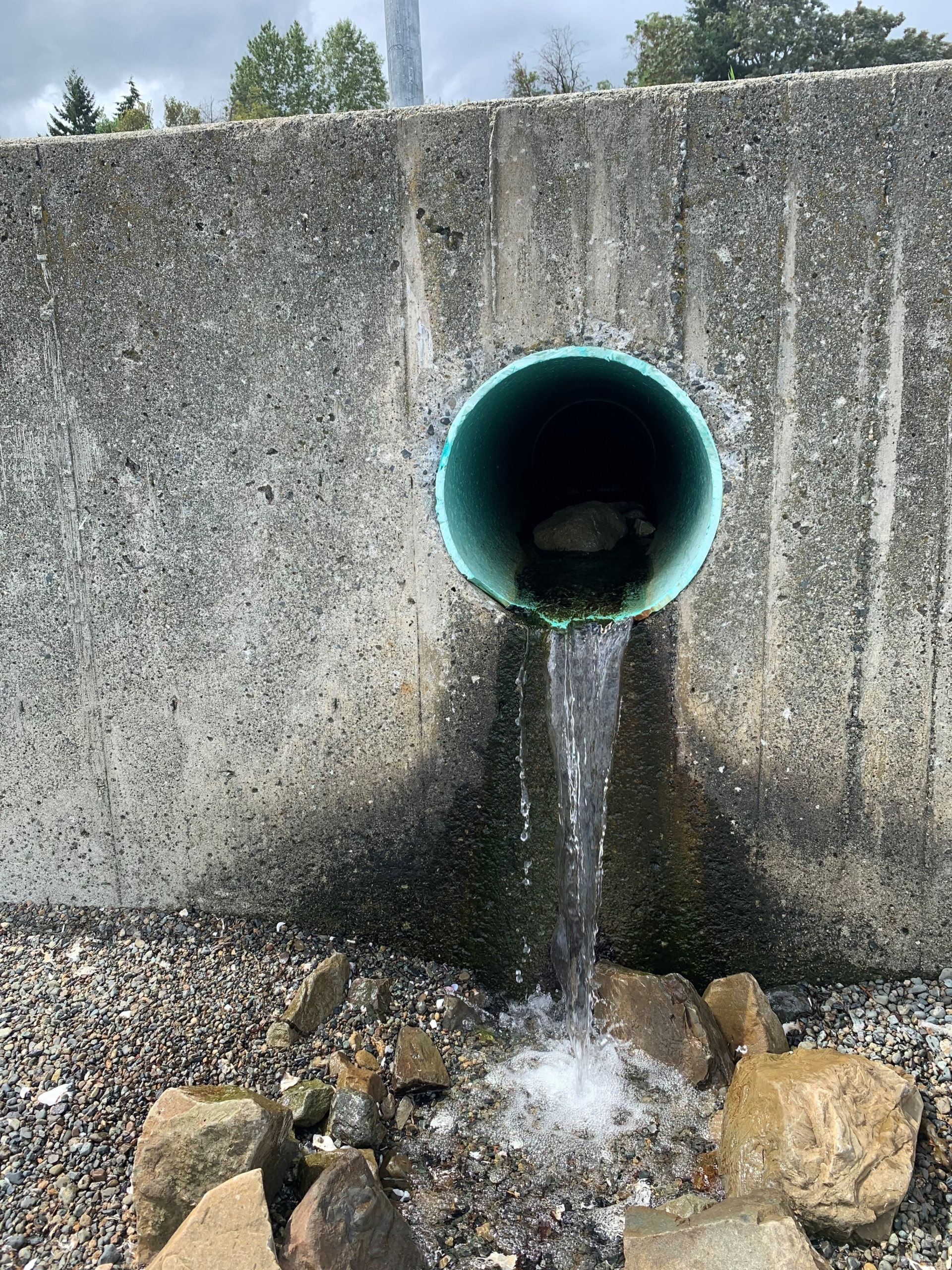The regions around the Strait of Georgia, with their beautiful mountains, stunning coastlines, and vast natural resources, are great places to live. The area, having been inhabited by First Nations groups for thousands of years, now hosts urban centres with over 3 million people and various industries. The resulting dense population, roads and infrastructure, agriculture, forestry, and other industries all create pollution, which has taken a toll on the marine environment including Pacific salmon, arguably the centrepiece of what makes the region so special.
The contaminants created from human activities can impact marine life in countless ways depending on the properties of the chemical, its concentration, and the biology of the species it comes in contact with.

Some contaminants may alter the ecosystem balance and indirectly affect fauna.
Added nutrients from fertilizers and wastewater contribute to algal blooms which can deplete oxygen, lead to harmful algal by-products, and/or reduce water clarity, affecting eelgrass and kelp growth.
Other contaminants cause direct effects on fauna.
Chemicals may cause acute affects – where short-term exposure immediately results in harmful impacts, or chronic – where an organism is affected over its life cycle in addition to any immediate impacts.
Many contaminants with chronic toxicity bio-accumulate, meaning the chemicals make their way up the food chain concentrating in tissues of top predators, including salmon, orcas, and even humans.
The effects of contaminants can be subtle, such as increasing susceptibility to diseases or impairing the ability to reproduce; or they may be dramatic and cause outright death on a large scale, such as the coho pre-spawn mortality events that have been observed in recent years due to road residues containing the oxidized tire chemical 6-PPDQ.
Studying and Understanding Contaminants
While there is much that scientists know about contaminants and their impacts, there are still many unknowns. It is a complex and evolving field that is inherently challenging. For example:
- Contaminants may not cause an immediately apparent impact, it can take multiple years or generations before a problem is realized.
- In the environment, multiple factors may be causing impacts at the same time making it challenging to identify a specific culprit.
- Multiple pressures and chemicals can also act synergistically, meaning exposure to one chemical may not cause a problem, but combining it with another or other environmental stressors may prove to be disastrous.
- Additionally, there are new chemicals each year, from newly developed pesticides running off agricultural lands to the latest pharmaceuticals and even illicit drugs that pass through the sewage system.
As some Pacific salmon populations decline, the threat of contaminants cannot be disregarded. Contaminants can impair salmon growth and health, affect their food supply and habitats. In conjunction with other environmental stressors such as warming waters, contaminants create a higher barrier to survival.
Fortunately, with a better understanding of contaminants, solutions can be developed to lessen impacts. While much of the action to reduce contaminants will rely on governments and industries, even individuals, armed with knowledge, can reduce their own personal footprint.
